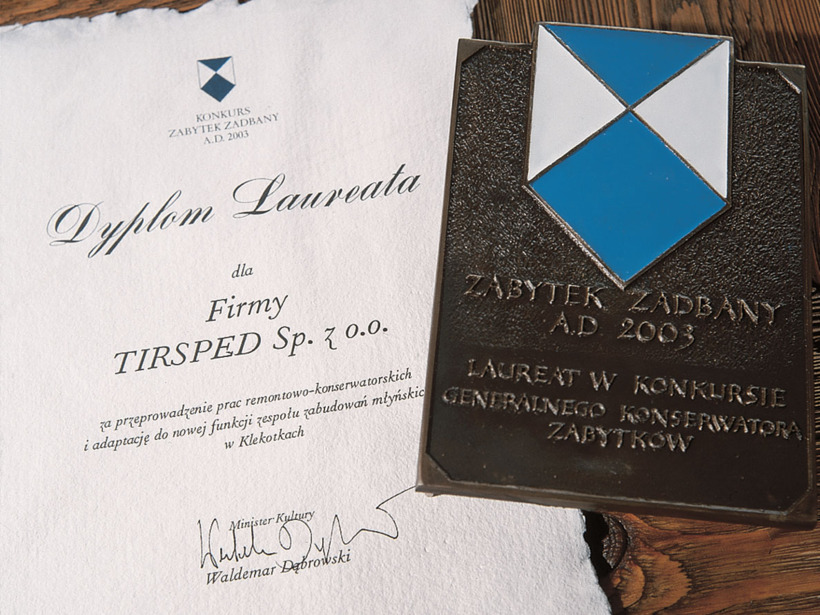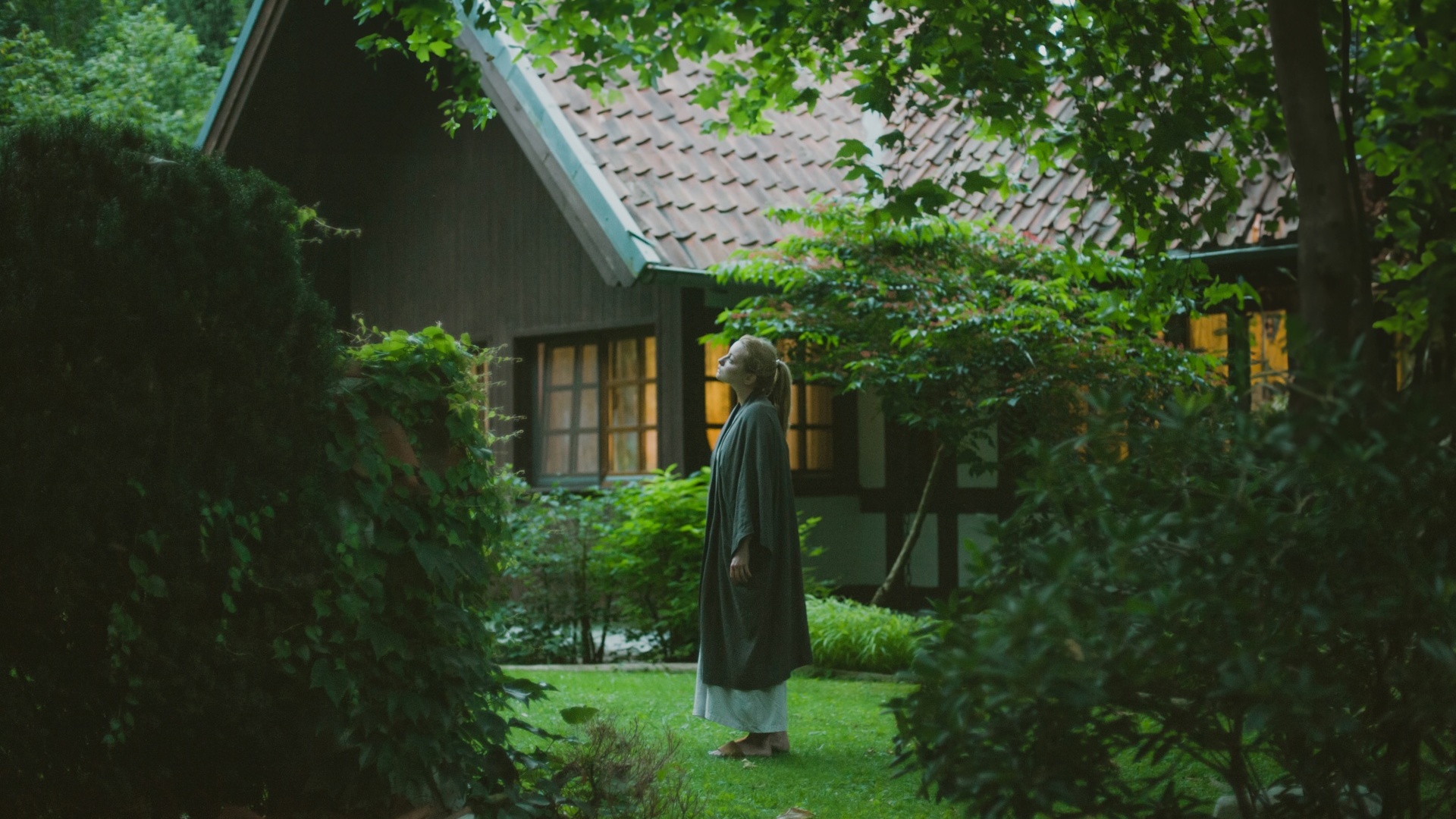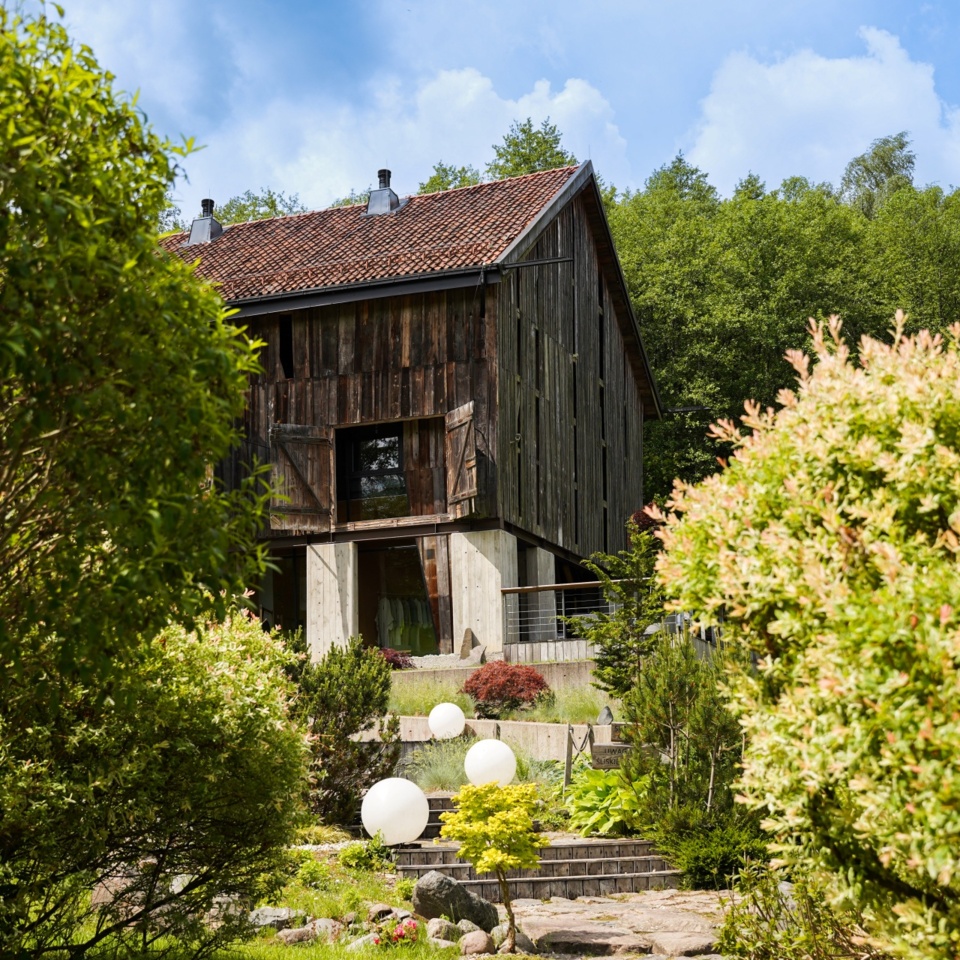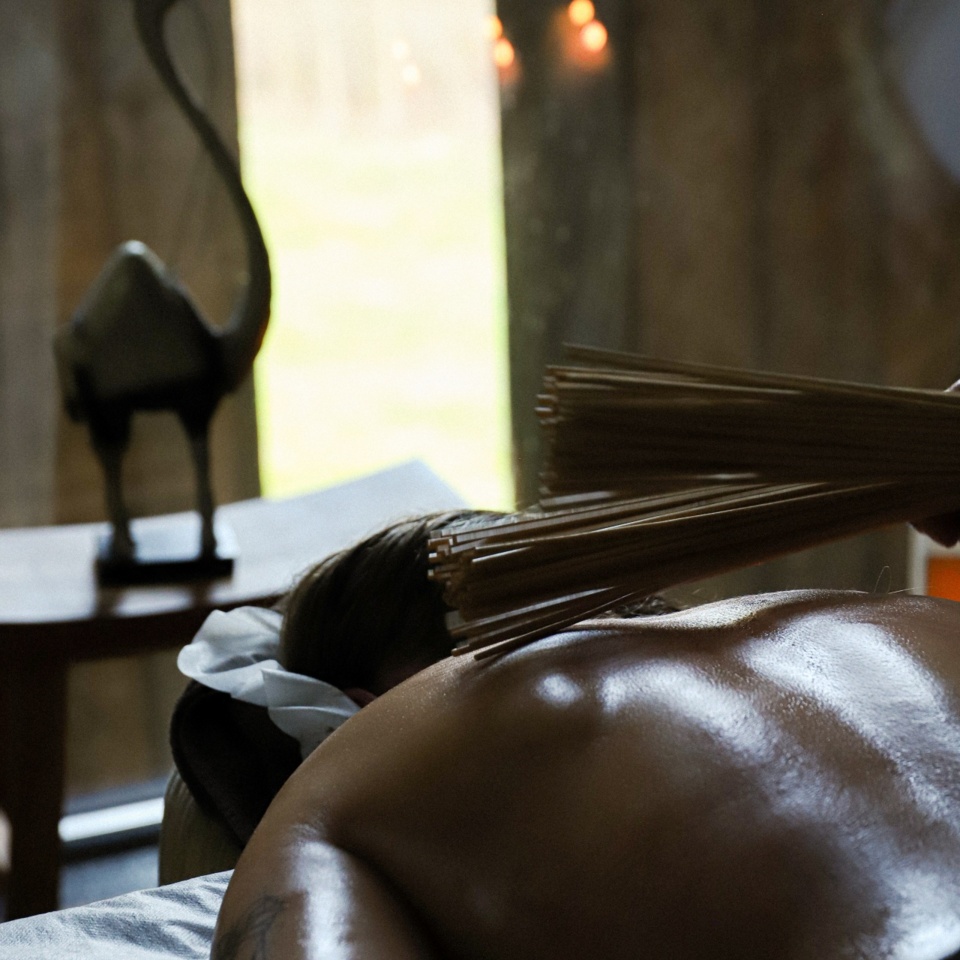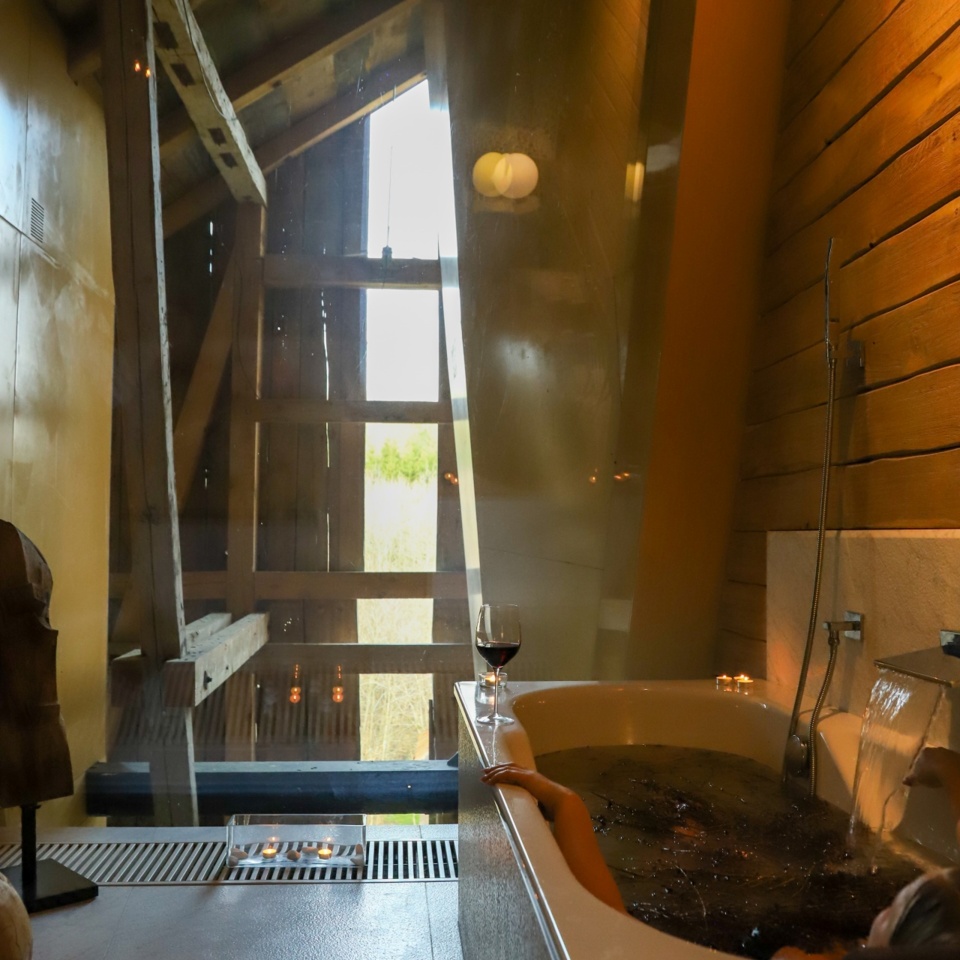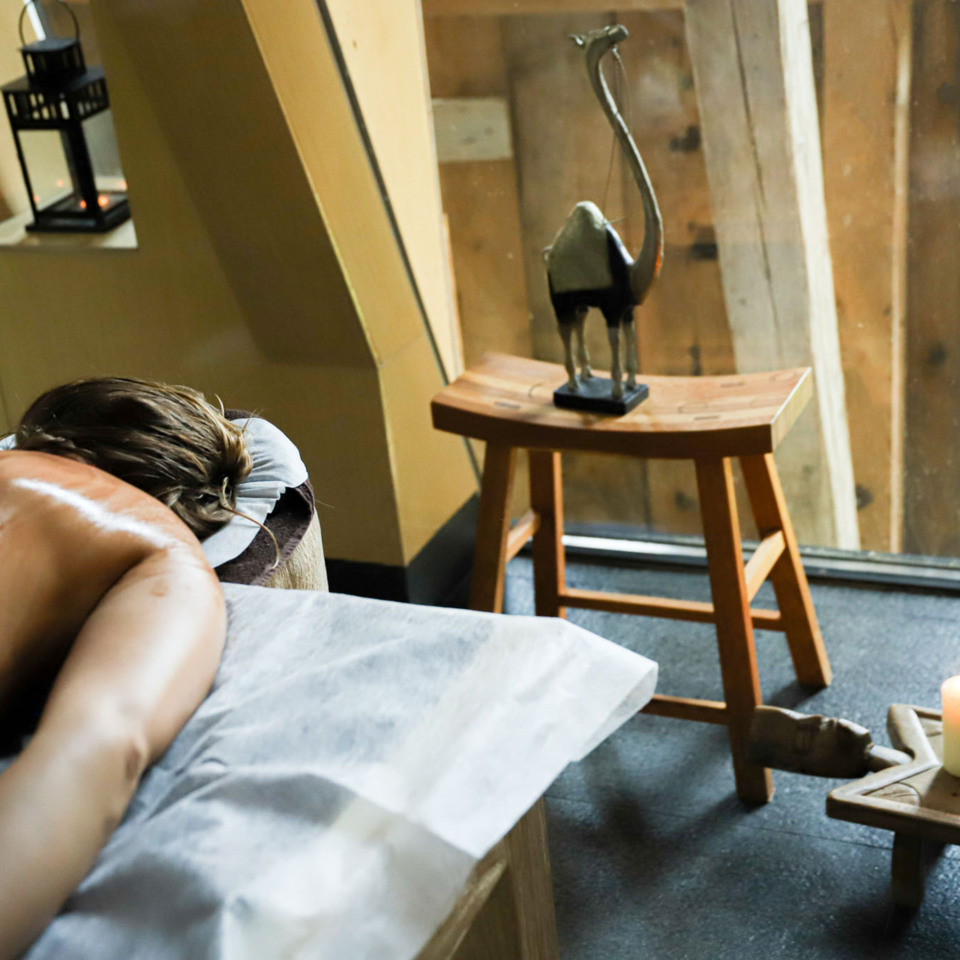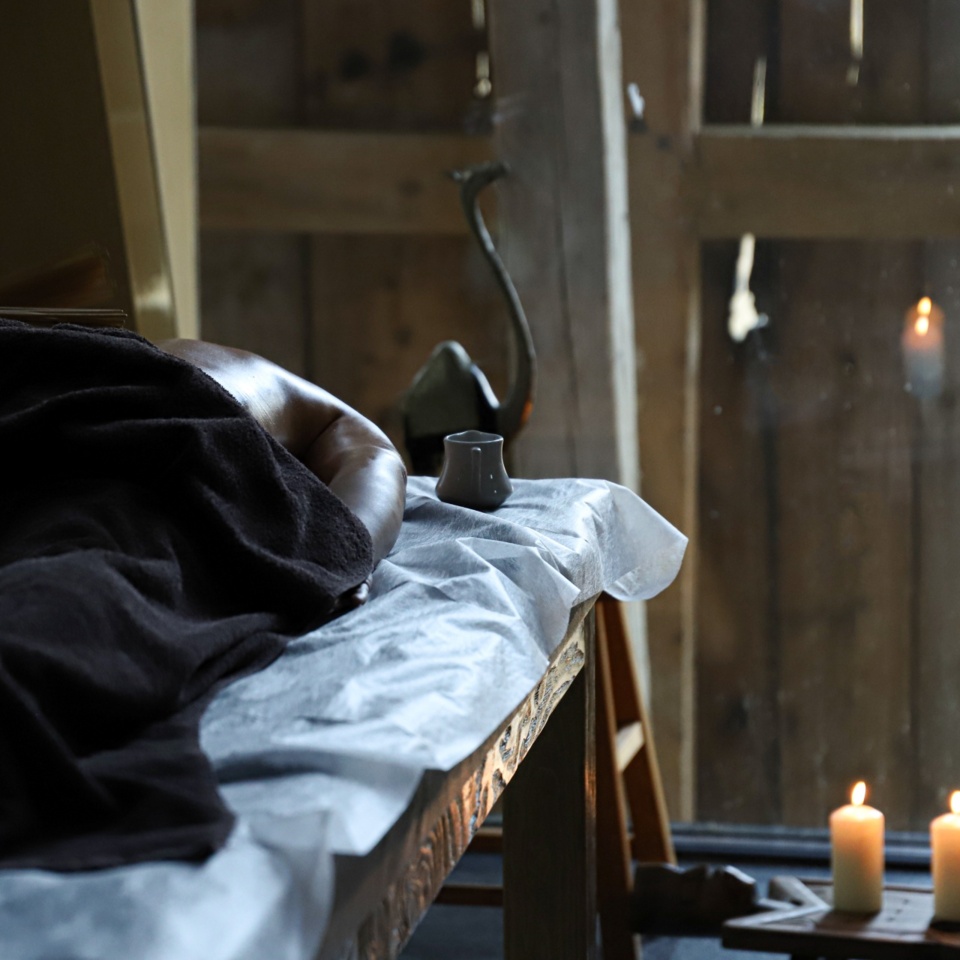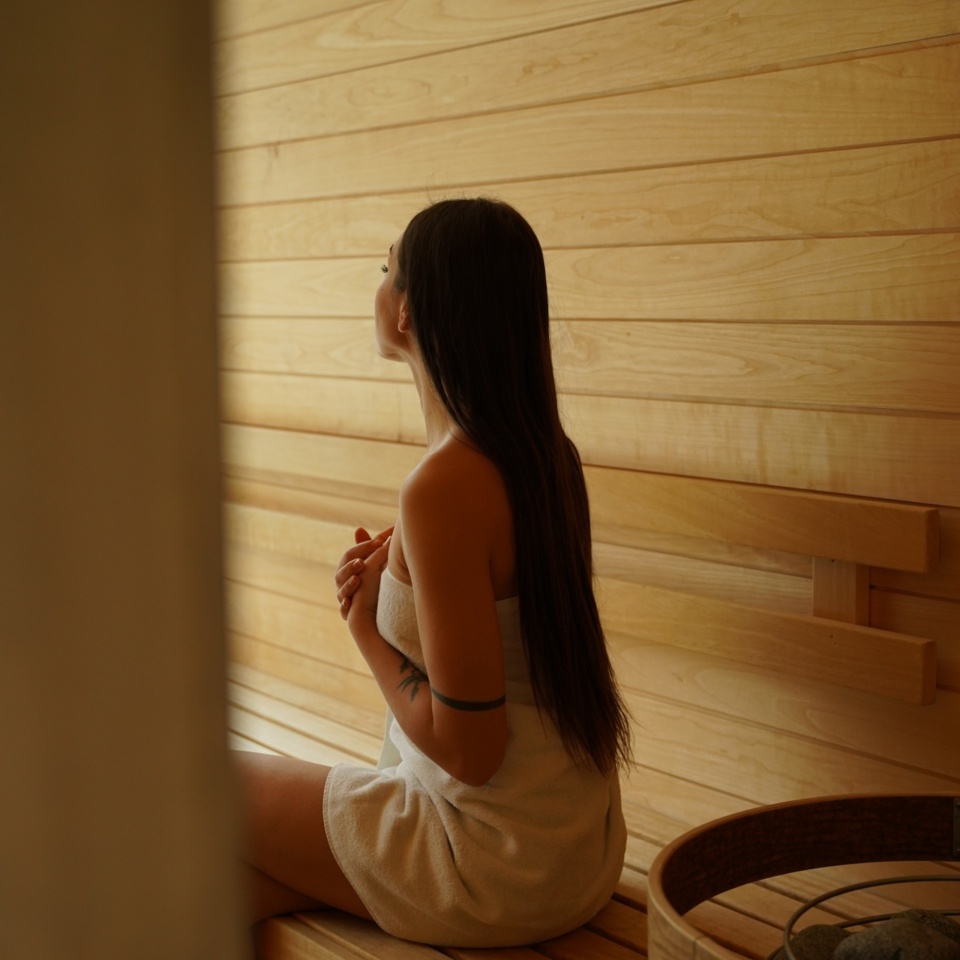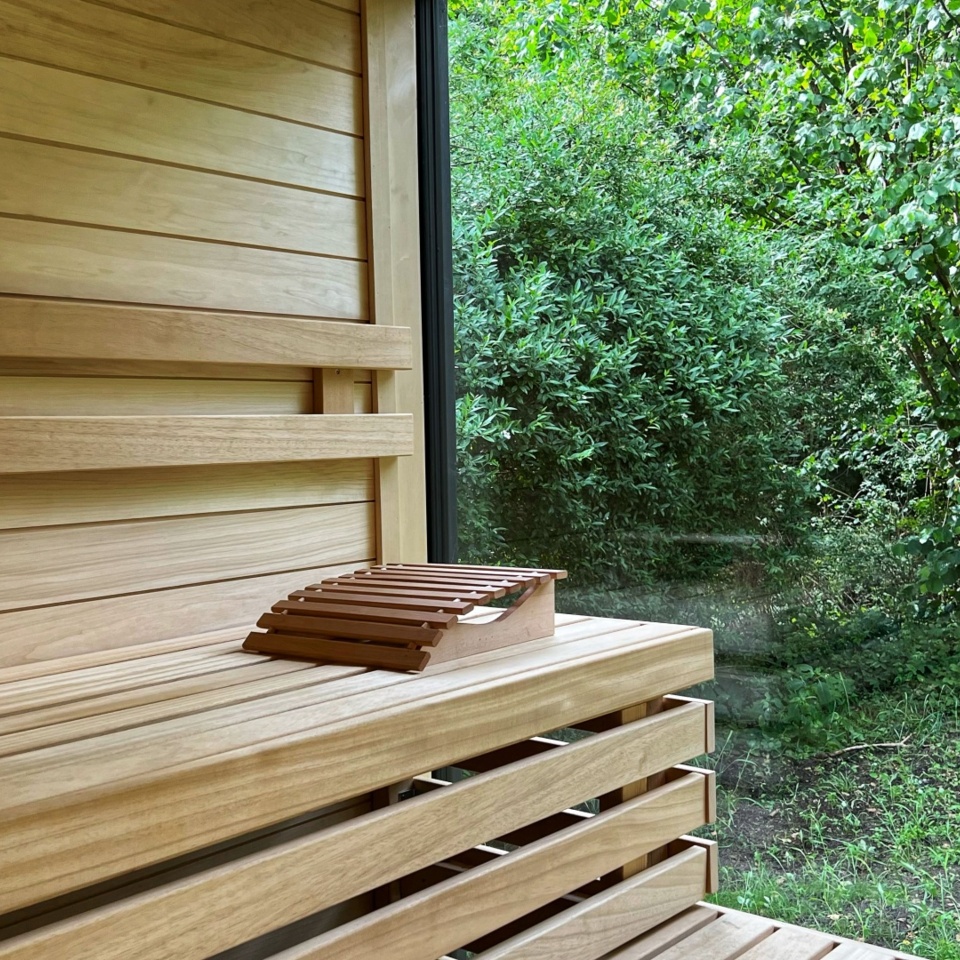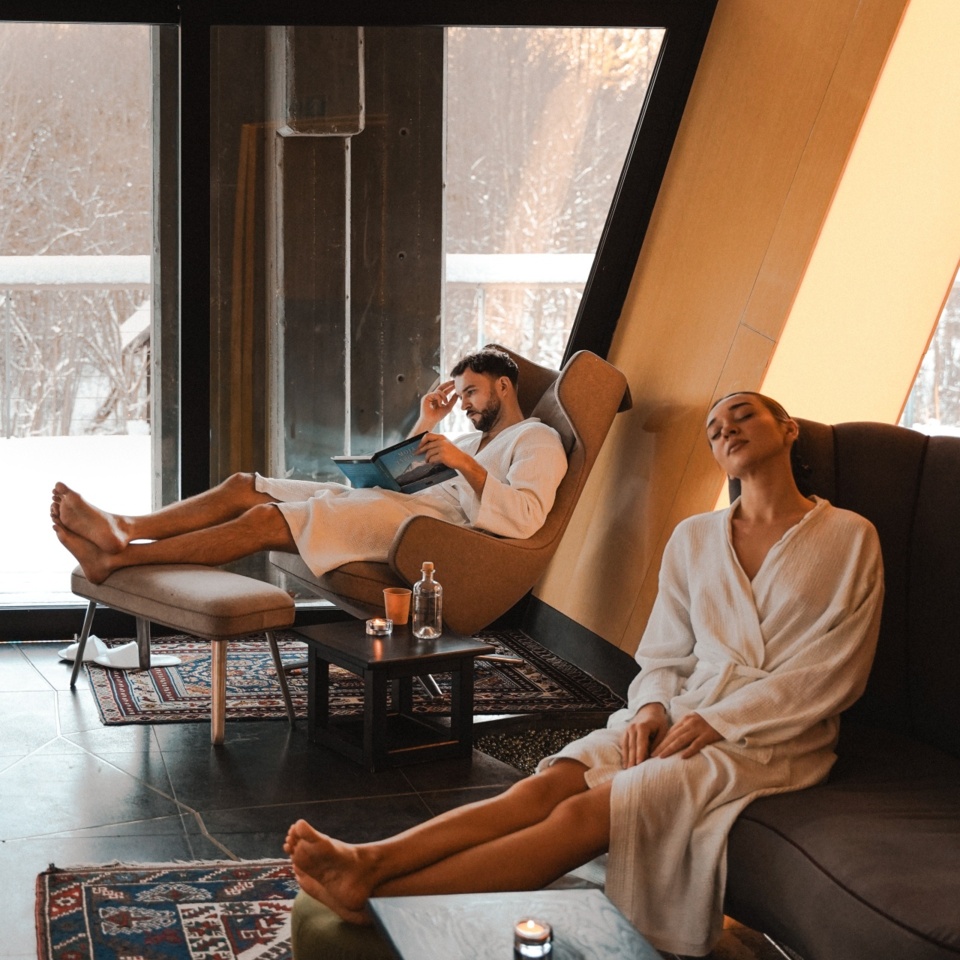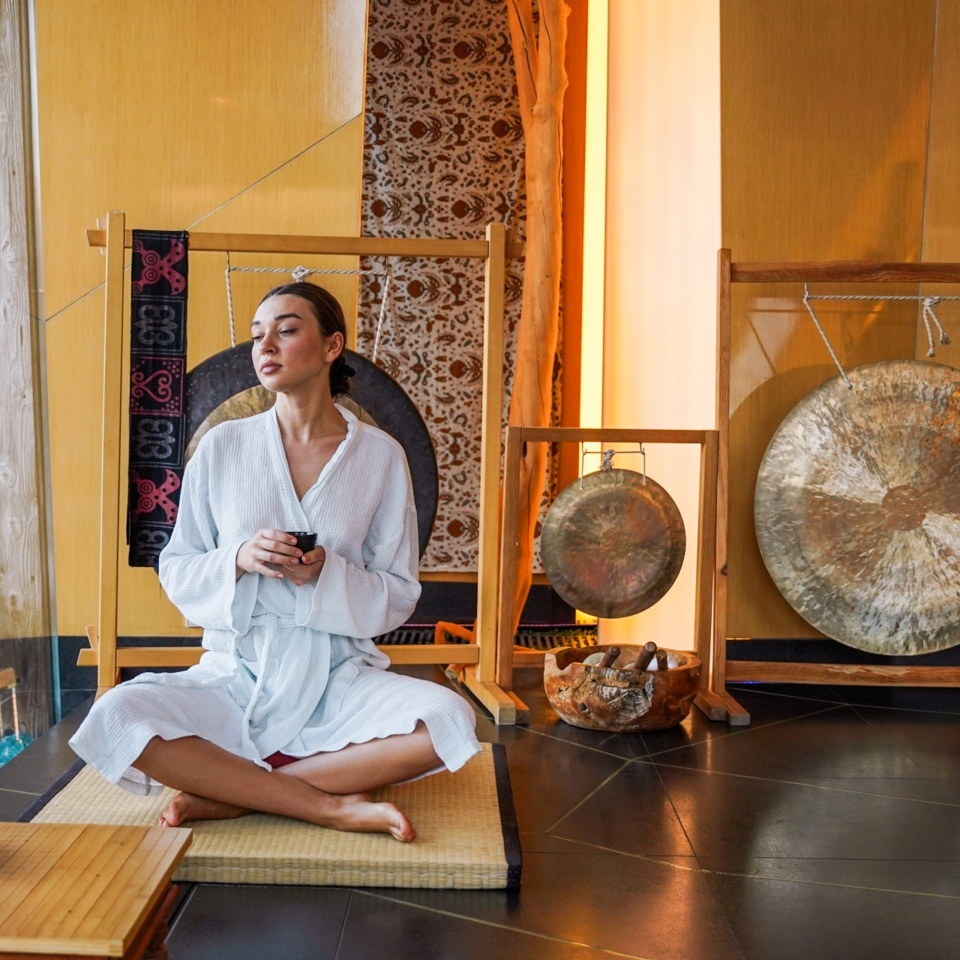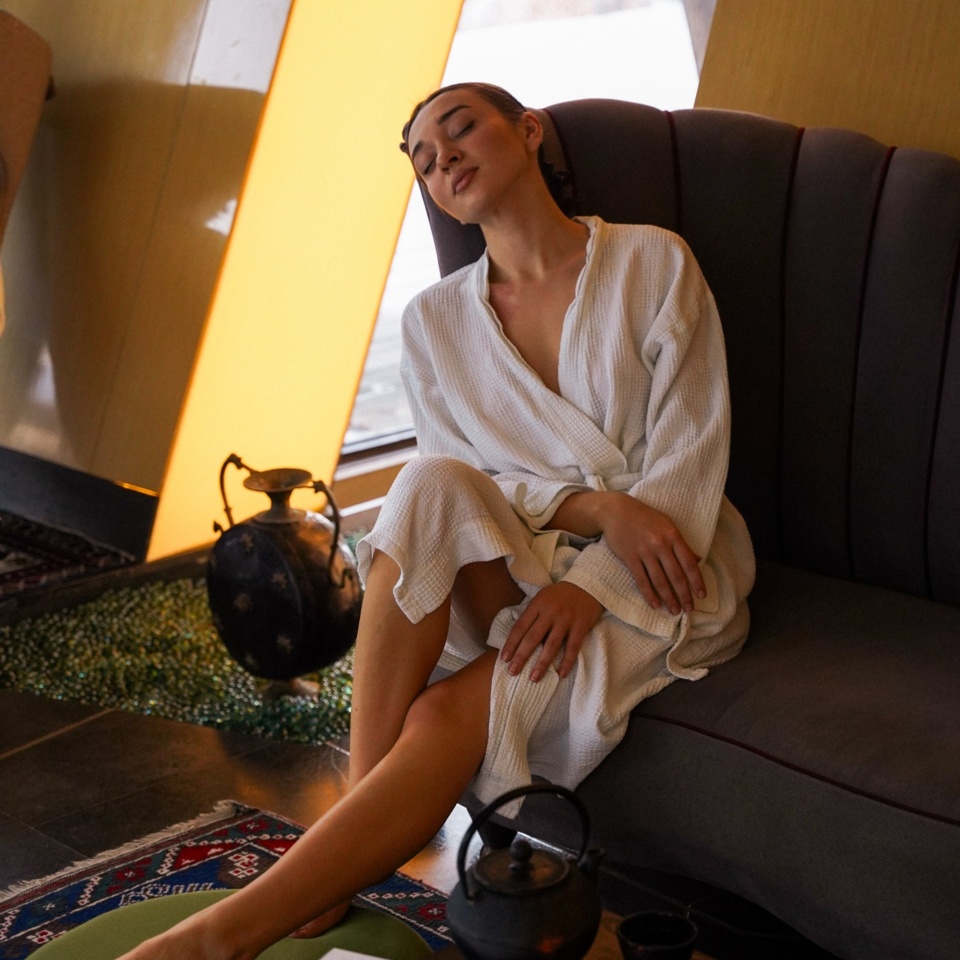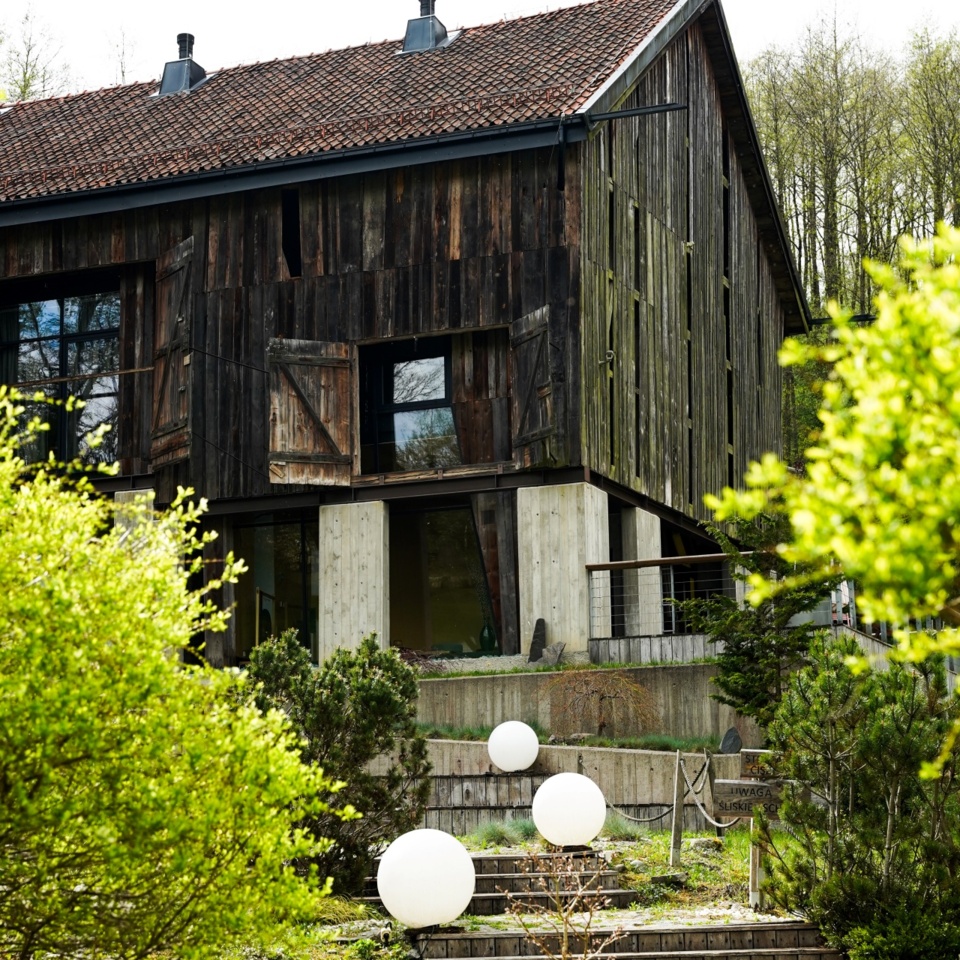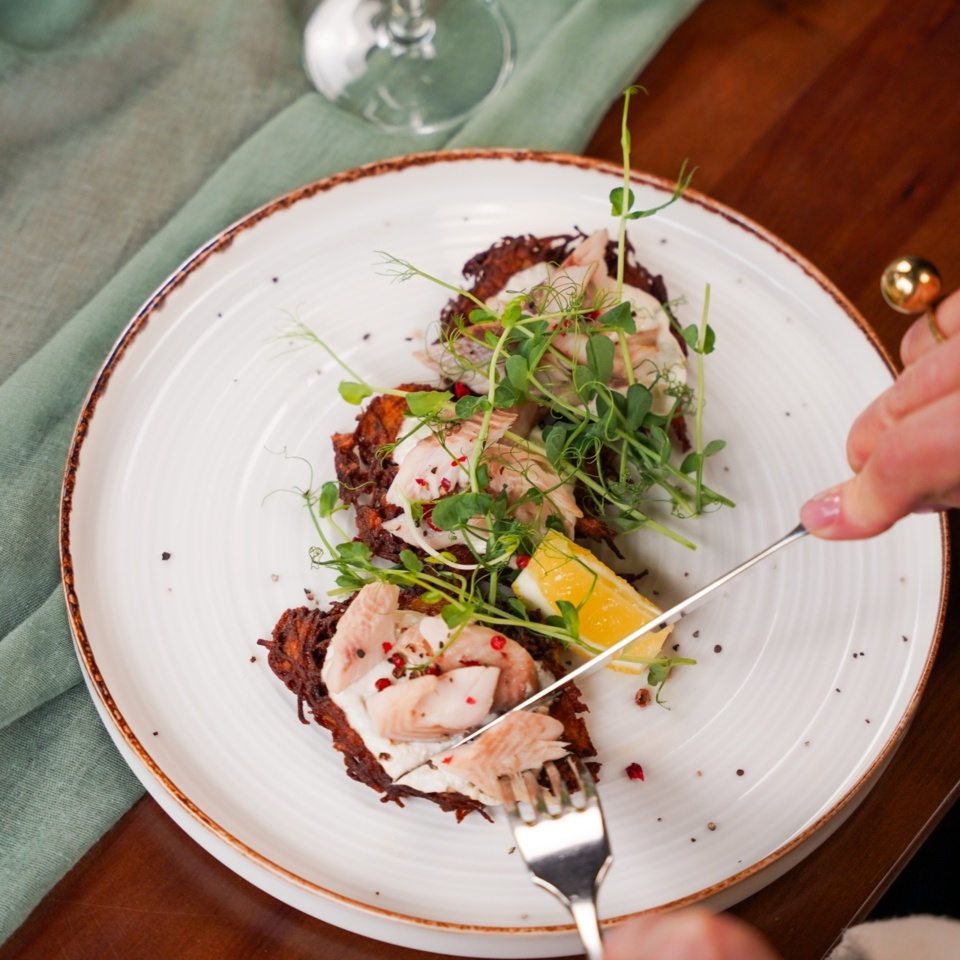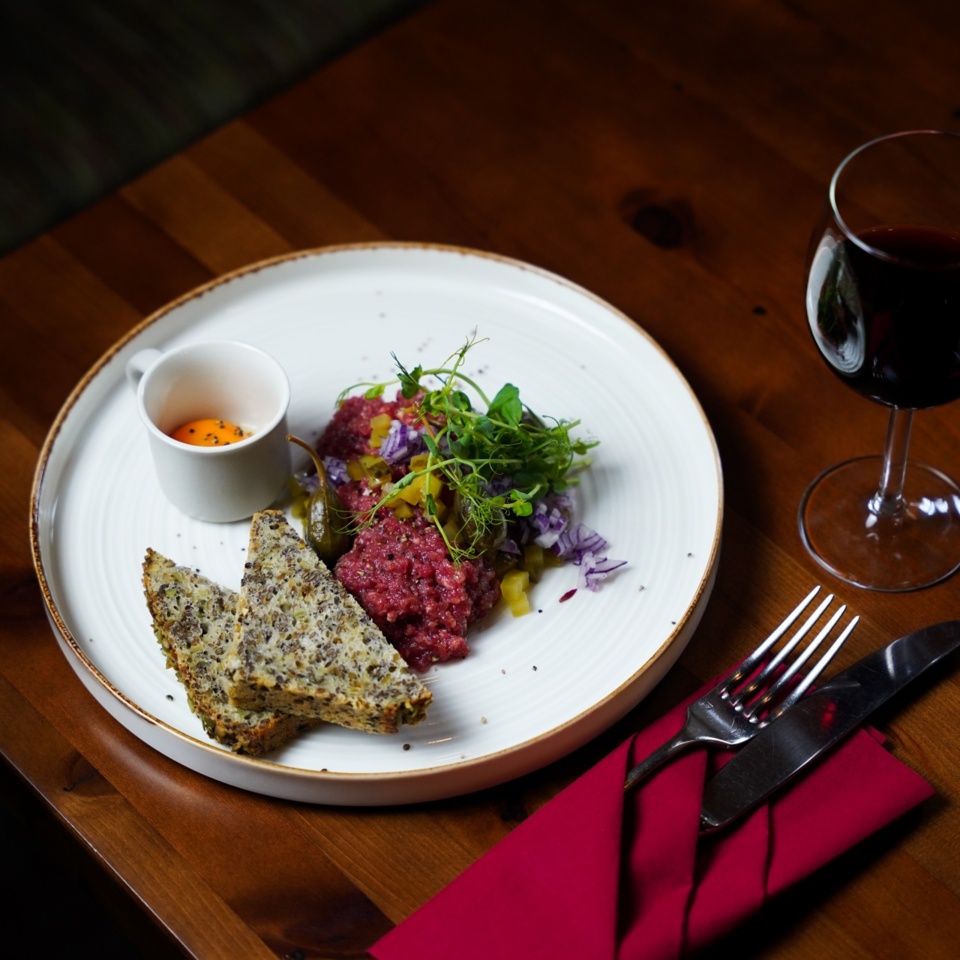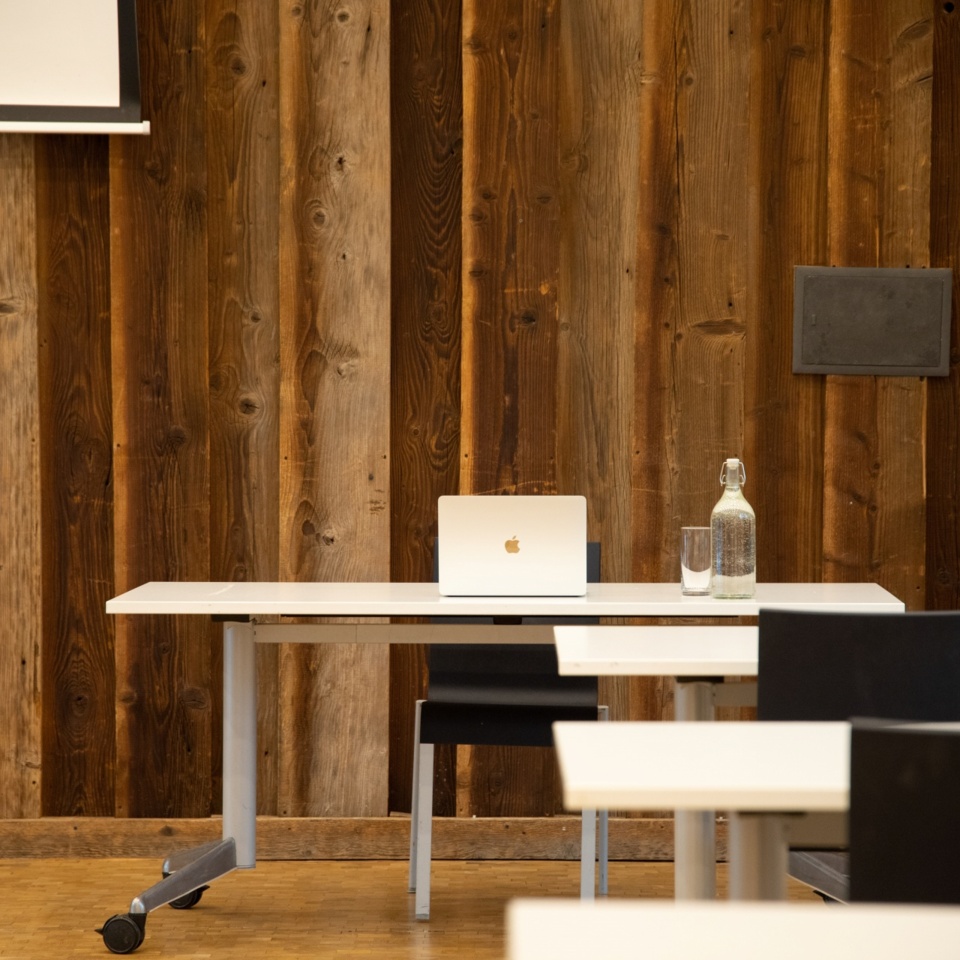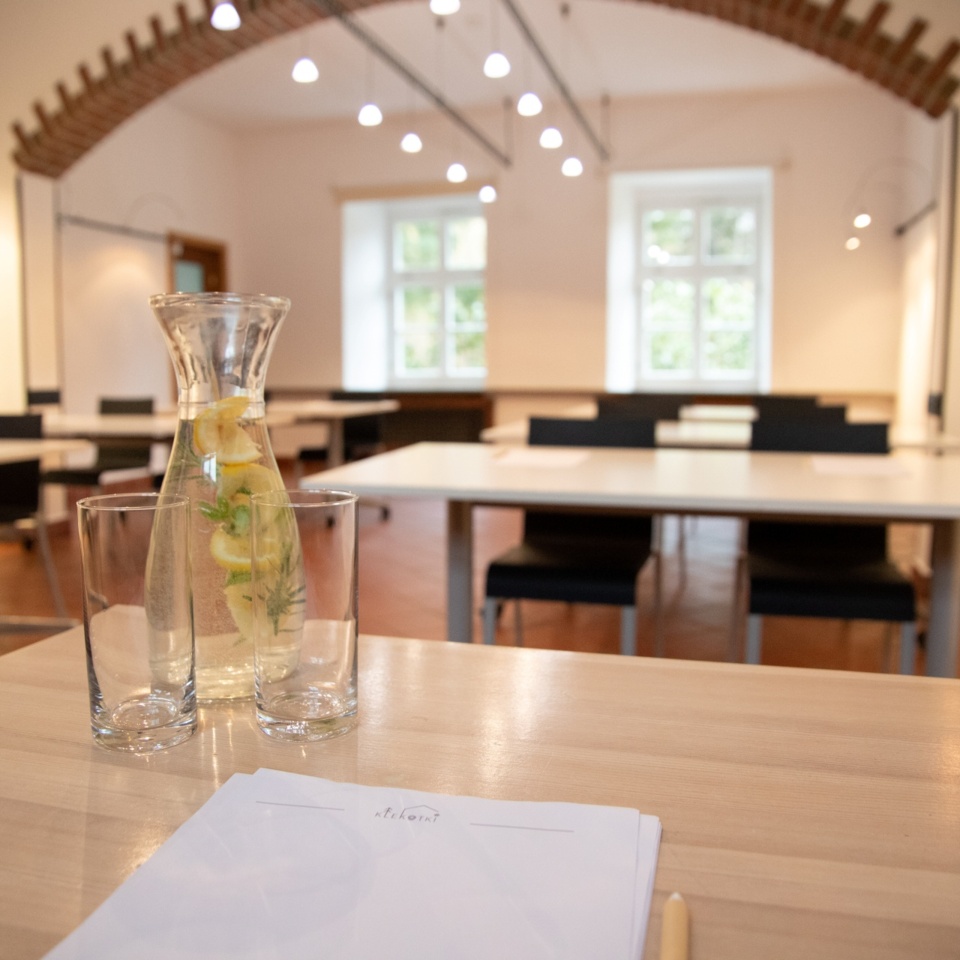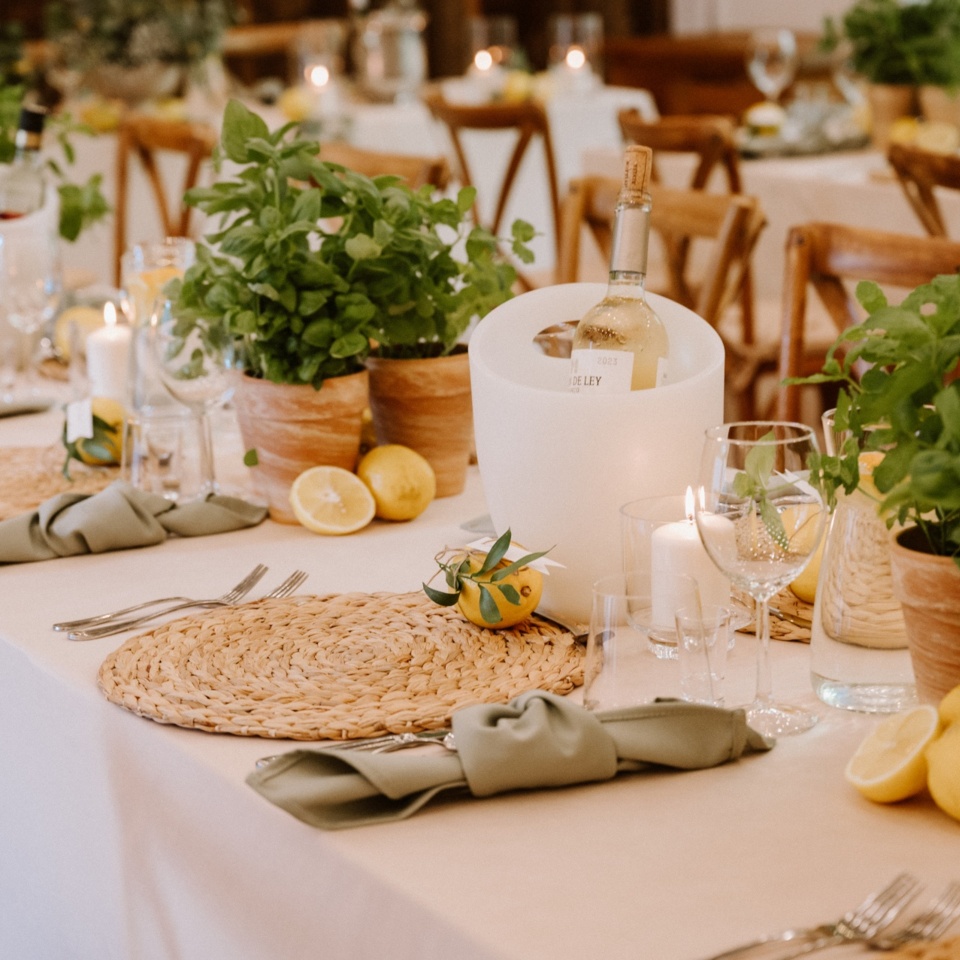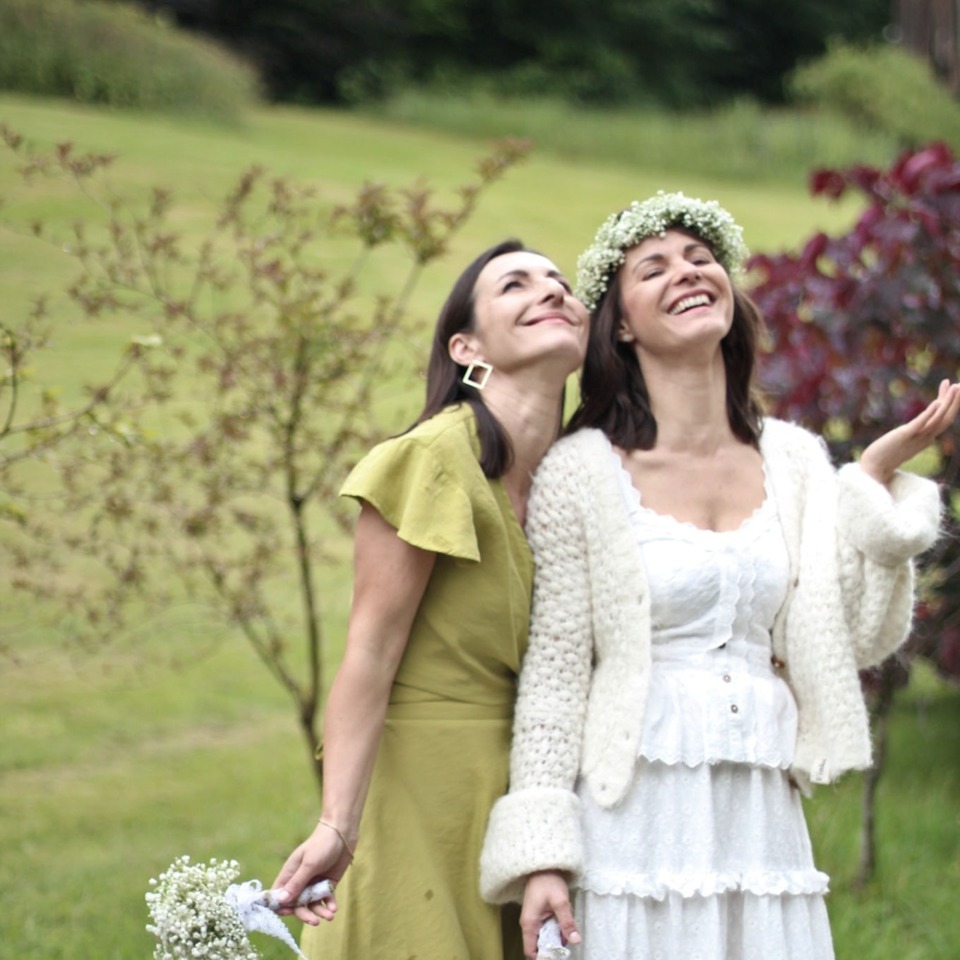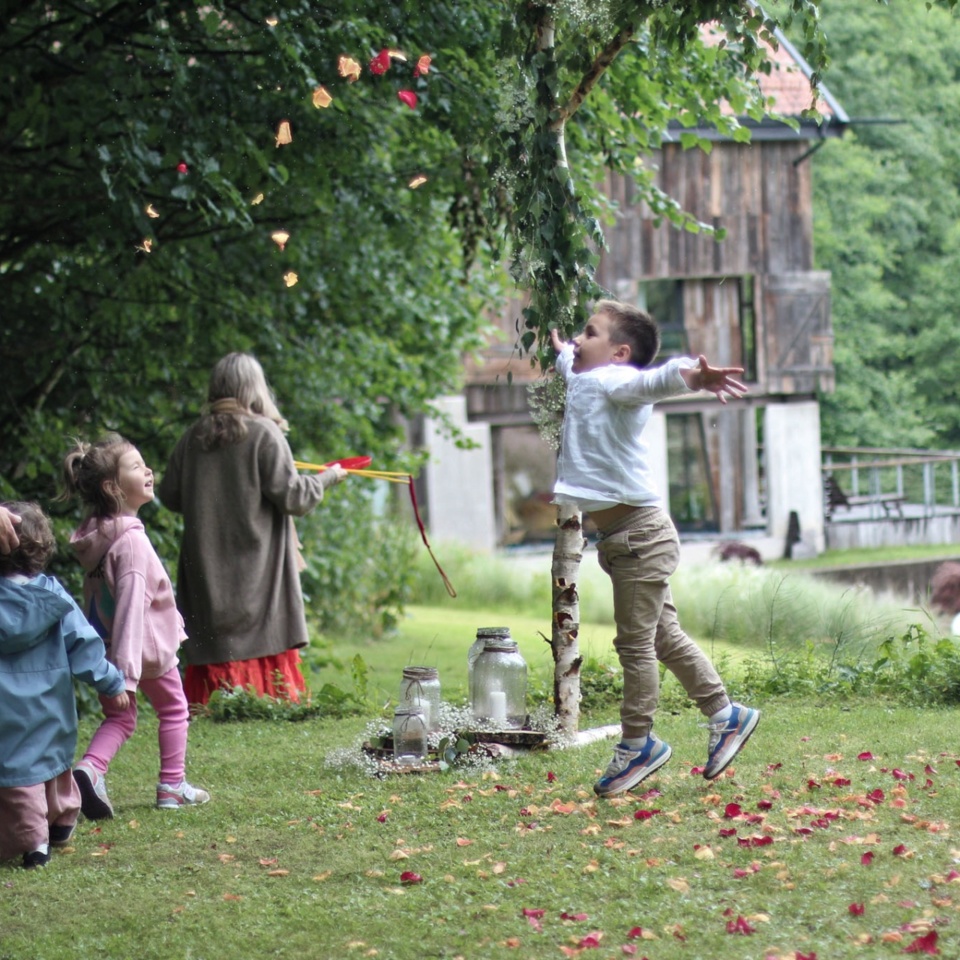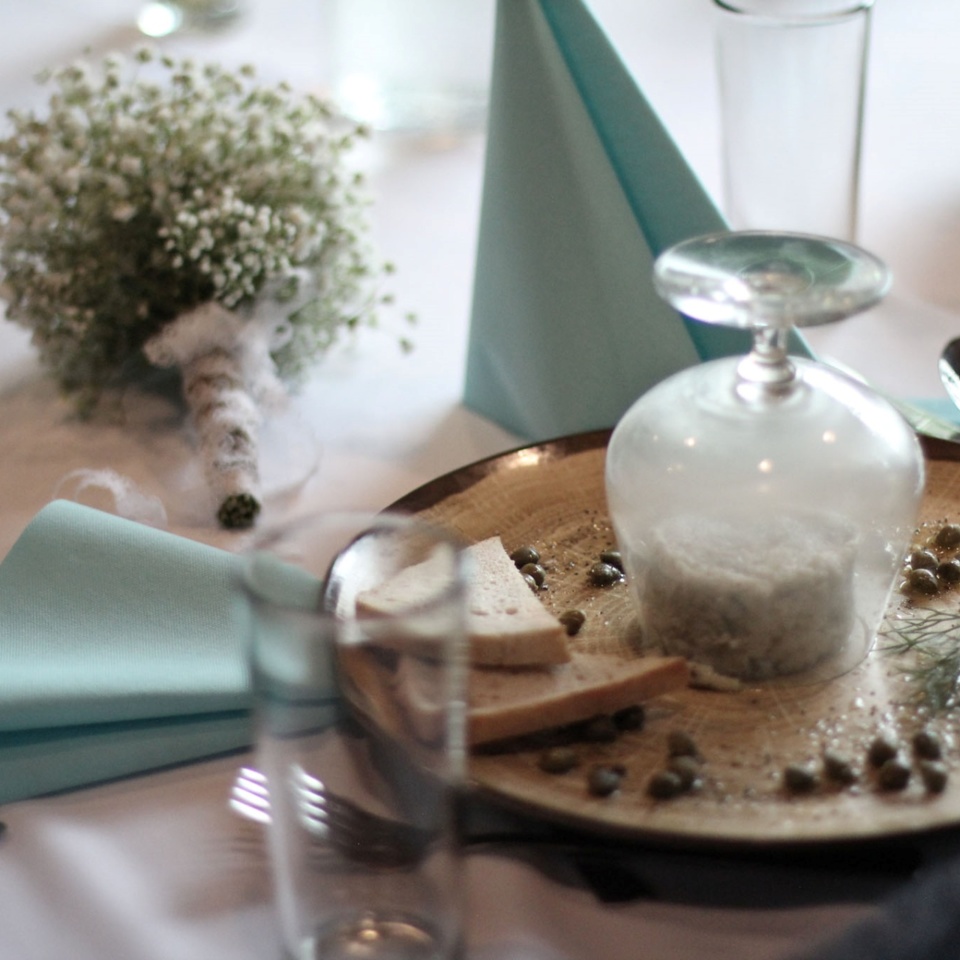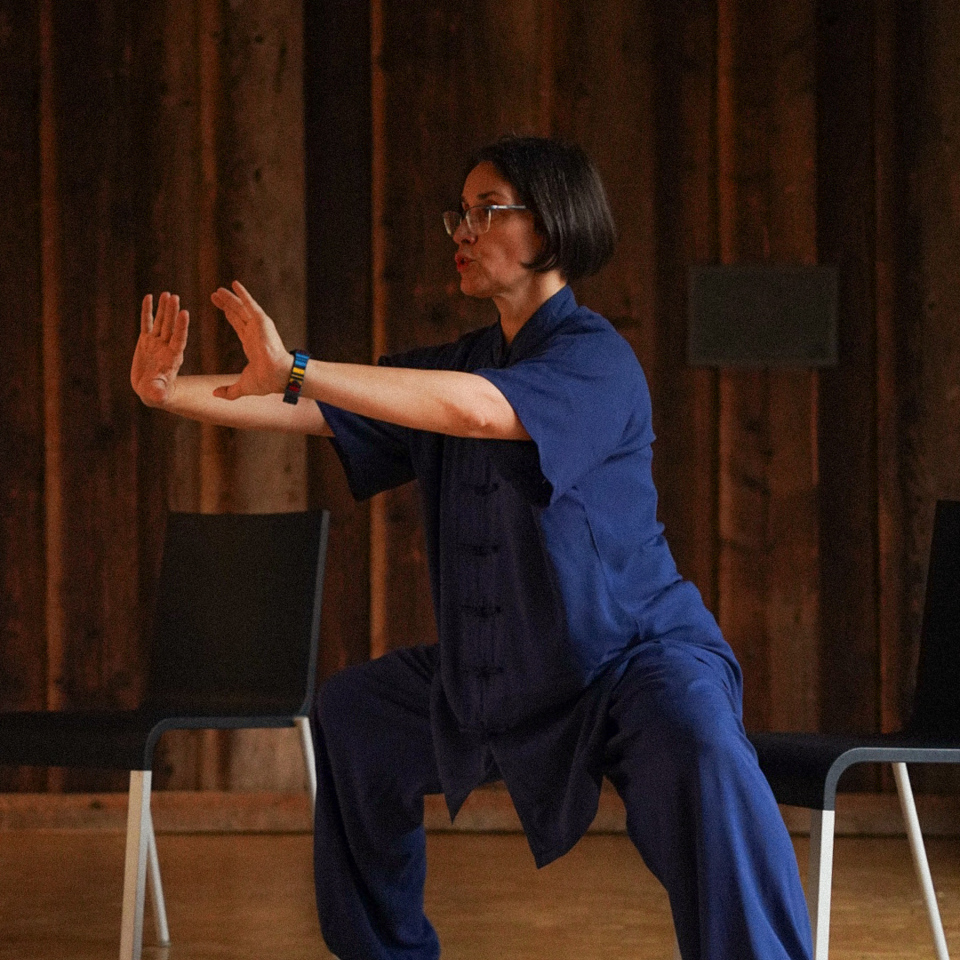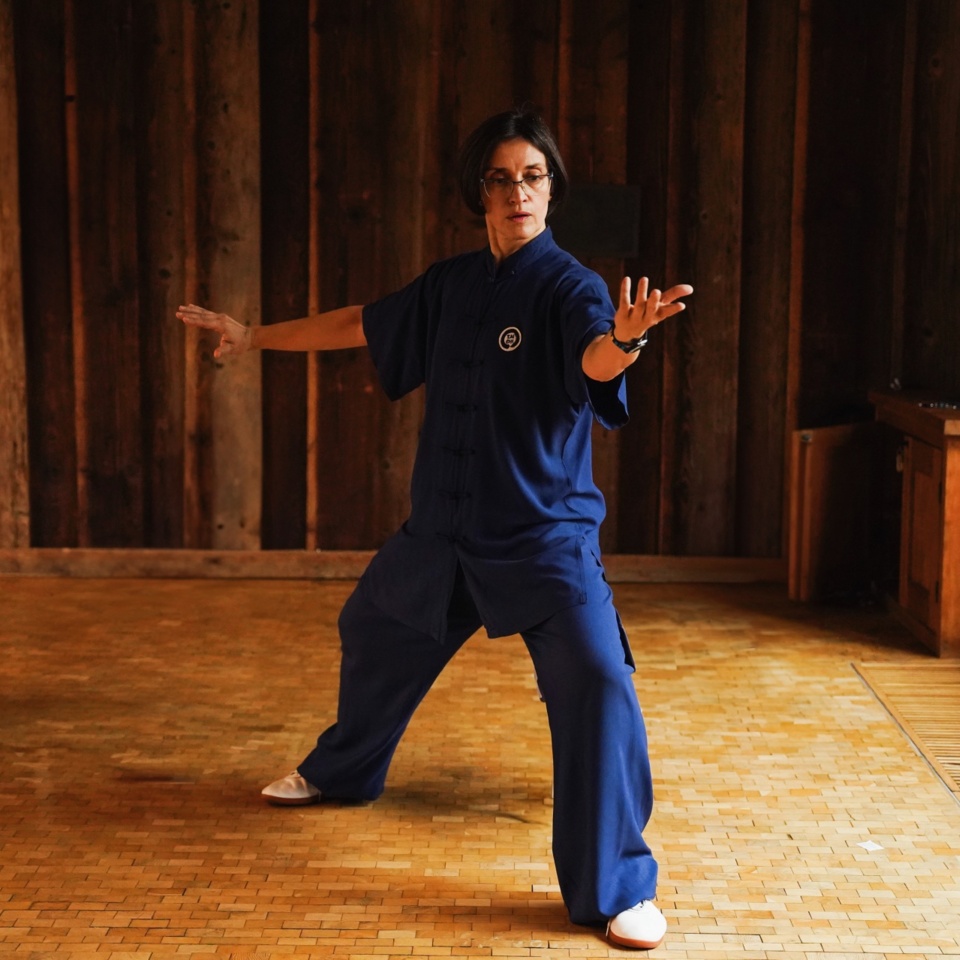New life of the mill settlement
Currently, Klekotki Spa & Resort is a complex of several buildings, including restored historic structures: the Mill, the Miller's House, the Stable, as well as newly built ones: the Manor, Reception, and Spa. These are modern and tastefully arranged rooms, enriched with contemporary interior design elements, yet the whole retains its historic and idyllic character. A world-class unique feature is the incredible structure of the Japanese spa enclosed by a barn.
Klekotki Spa & Resort offers 41 spacious single and double rooms, including 8 apartments of various sizes and private cottages. The rooms are furnished according to individual designs in a rustic and Far Eastern style, and thanks to the diverse color schemes, wooden furniture, and natural finishing elements, it manages to avoid the typical hotel stereotypical look.
Guests also have access to a conference room, restaurant, orangery, and plenty of attractions and beautiful views.
New face of the mill settlement
A place for a deep breath
Klekotki SPA & RESORT is located in a former mill settlement in a uniquely picturesque part of Western Masuria. Old beech forests, a lake on the Wąska River, beautiful and natural gardens with unique specimens of plane trees, rhododendrons, Japanese maples, and many other plants provide a refuge for beavers, badgers, roe deer, and cranes.
The 17th-century water mill has been adapted into bedrooms, apartments, and conference rooms.
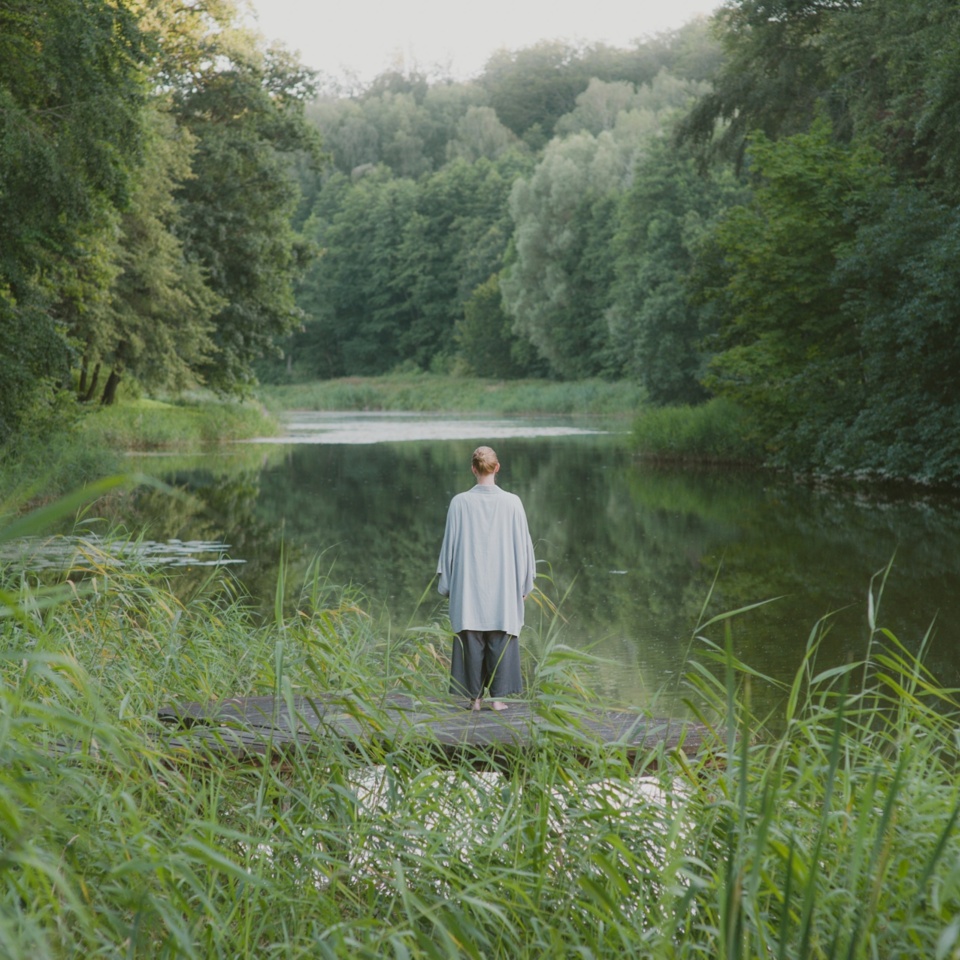
SPA inspired by Japanese tradition
Care for body and peace of mind
The unique Sento SPA has been arranged in a spacious and meticulously reconstructed Warmian barn. There you will find rituals and care treatments, facial and full body massages, warming baths, and a cleansing sauna.
This is how nature tastes!
Kitchen in slow-food rhythm
Our restaurant has prepared culinary proposals based on local and seasonal ingredients. Our kitchen also creates dishes using our own organic cultivation.
Rest in harmony with yourself
Visit Klekotki – regardless of the purpose of your trip
Klekotki is not only an excellent place for a summer vacation in Masuria but also a great idea for organizing a meeting with friends, yoga relaxation, a business conference, a team-building event, or a family party. It is also a perfect hideaway for solitary relaxation with nature at your fingertips. Welcome to Klekotki – a place that soothes the senses in harmony with nature.
History
Klekotki is a former mill settlement. Throughout its existence, an extraordinary history of Klekotki was created, which we present to you below. Once a mill - today a charming place to relax with a wonderful Sento SPA.
From settlement to SPA resort
History of Klekotki and first mentions of the mill from 1539
Klekotki is a medieval mill settlement, historically associated with a water mill. Mill settlements once represented a form of habitation, and in ancient times millers were respected and enjoyed considerable freedom.
The first mentions of the mill date back to 1539 when it was built by the wealthy Rudolf Eck von Reppichau. Sources indicate that in 1560 his estate covered 1600 ares. They also speak of the wealth of the pond adjacent to the mill, the abundance of fish, and the purity of the water, around which the social life of the local residents gathered.
Until 1945, Klekotki was called Rudolfs-Mühle, which literally translates to "Rudolf's Mill." Shortly after the war, the name was changed to "Mill on the Pond," probably referring to the mill ponds located here.

Klekotki through the ages
Mill reconstruction during the von Dohna family era
The history of Klekotki is closely connected with the knightly estates in the neighboring Markowo (Reichertswalde), which from 1591 to 1945 belonged to the aristocratic von Dohna family. Over time, farm buildings, granaries, and houses for its workers were built around the mill.
In 1619, a half-timbered structure was erected, as indicated by the stone date on the north facade: Anno 1619. Slightly later, after repairs and renovations in 1851, a second stone plaque was left on the same wall with the inscription: renoviert 1851 H.P. The initials placed indicate the then lessee of the mill, probably someone from the Patschke family. Meanwhile, the weather vane on this building bears the date 1817, which is also a certain clue regarding the modernization works carried out. The mill was renovated in 1857.

Unmatched silence
Klekotki through the eyes of a historian
In such a "idyllic" way Klekotki was described at the beginning of the 20th century by the well-known judge and historian from Młynary – Georg Conrad.
"Along the road from Godkowo through Skowrony towards Morąg, lined with two rows of old birches, lies the Klekotki mill in a beautiful, forested valley. Visitors to the mill are greeted by an unusual silence, which together with the murmuring Wąska stream and the rustling of nearby forests, creates a unique atmosphere in this charming place. In the river's buffer zone, forested slopes descend steeply to its current, and ancient beech trees with heavy branches reflect in the water's mirror, especially in autumn when one can admire their indescribably beautiful colors. The water level in the two large mill ponds is regulated by a lock. The mill pond is cared for by a fisherman from Zimnoch, who maintains proper fish stocking, hence there are carp, pike, zander, and eels here. In summer, the pond is a favorite resting place for both young and older local residents. Water from the Mill Pond drives the turbine of the grain mill located behind a high dam. In the mill buildings live the master miller and the forester's assistant with their families."
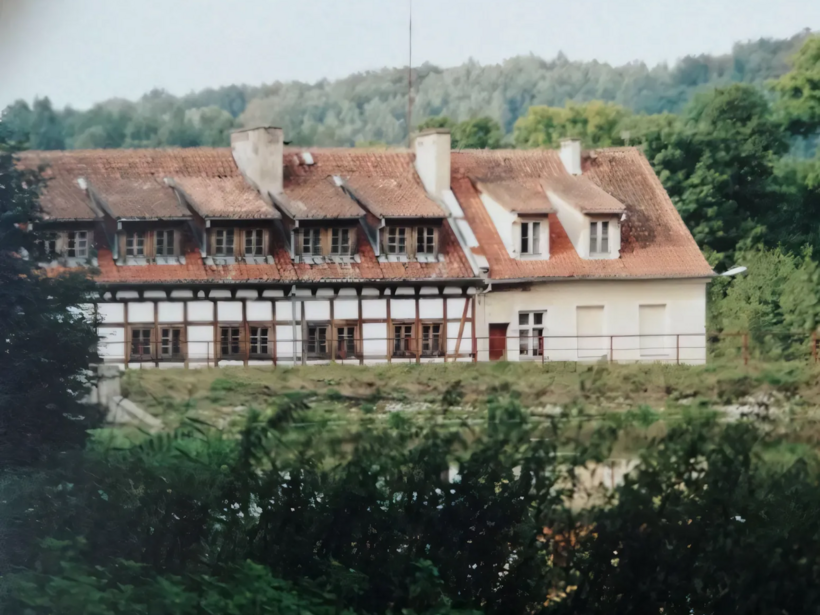
Klekotki during the Napoleonic wars
Mill lease and a hero of the Napoleonic wars
In the history of Klekotki, it is worth mentioning the year 1750, when the Patschke family arrived from Thuringia to East Prussia, beginning a long period of leasing the mill. An interesting episode is connected with the Patschke family.
One of the mill's owners, Friedrich Patschke, born in 1794 in Klekotki, fought under General Johann York von Wartenburg against Napoleon between 1813 and 1815, as a Hussar in the East Prussian cavalry regiment. The pastor from neighboring Skowron, Christian Leopold Stuber, noted that after one of the greatest Napoleonic battles on Polish soil (the Battle of Lidzbark Warmiński on June 10, 1807), a wounded French officer came to Klekotki to convalesce, while the mill was working for the French army stationed in the entire area. Friedrich Patschke died in 1848 in Klekotki as a "master miller."
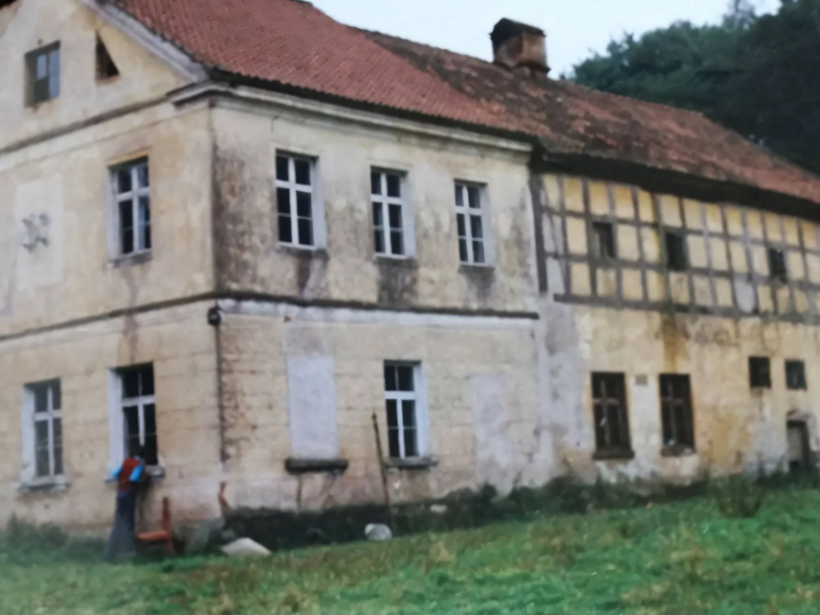
Klekotki at the beginning of the 20th century
Construction of the lock, energy supply and flood
In 1905, the Wąska river was dammed by building a lock between Dolina (Weeskenthal) and Klekotki. Thanks to this investment, the water level in the Mill Pond was regulated, and the mill in Klekotki became independent from the waters of Lake Zimnocha. Soon, a water turbine was installed in the mill building, providing the necessary energy for the milling equipment.
Initially, the surplus electricity was transmitted via overhead lines to the estate in Markowo, located 3 kilometers away, and later also to the sawmill and some buildings in Stróżyno, Złota, Zimnocha, Dolina, and Borzynów. During spring thaws, when excess water caused intense turbine operation, surplus energy was transferred to the Oberland power grid.
During the war (in 1942 or 1943), under water pressure, the lock broke, causing a large flood in the area, and the local residents collected fish floating on the meadows. Soon, the lock was repaired, and as a rule, it was closed on Saturdays and opened early Monday mornings.
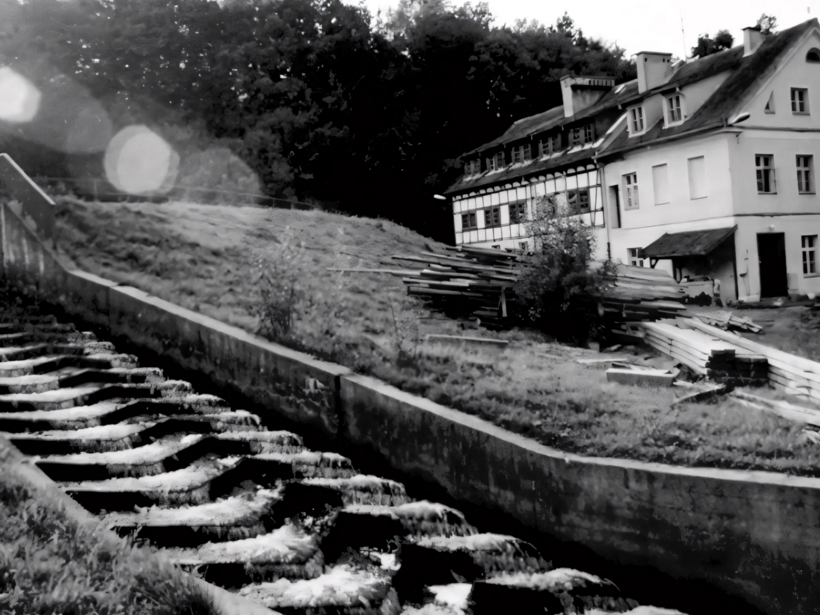
Uncertain future of Klekotki
World War II and the ruins in Klekotki
Until 1945, the mill estate in Klekotki consisted of five buildings, including the Miller's House connected to the older mill production building and a detached cowshed. Seventeen people lived here.
On June 23, 1945, the Soviet army attacked the village, looted the property, and relocated the residents to nearby Skowron. Fortunately, the mill buildings were not destroyed during the war.
After the war, there were many mill owners, but it is worth mentioning Iwaszkiewicz, who arrived in Klekotki with his wife and daughter from the Bug region. Everyone could count on his help; he was the life of the party, played the accordion, and integrated settlers coming here from various places, including from the "Vistula" Operation. Iwaszkiewicz quickly restarted the mill, which although did not grind grain into flour, did produce grist for animals.
He introduced many conveniences for the villagers, among others, he converted the local smithy into a public bathhouse, popular among the first settlers. He also started a sawmill powered by the mill's water.
Subsequent owners let the monument fall into ruin; the building of the Stable, Mill, and Miller's House was partially dismantled, and the cellars were flooded with water up to three-quarters of their height.

Reconstruction of the Klekotki Mill
Attempts to renovate the buildings
In the 1960s and 1970s, the mill stood abandoned. It was only between 1975 and 1979 that it was rebuilt by the Housing Economy Enterprise in Elbląg. The renovation covered the mill building and the Mill House, as well as the reconstruction of the weir with a rapid, sluices, and the reservoir of the former mill pond. Renovation of the utility building also began under the supervision of the Provincial Conservator of Monuments in Elbląg. However, renovation work was not completed; only the superstructure of the perimeter walls was made from aerated concrete and a complicated division of the interior using partition walls made of hollow bricks was carried out.
In the rooms that were successfully renovated, the so-called wojewódówka was located – a training center for the Elbląg Provincial Office. Since 1990, the preserved mill buildings have been used by the City Hall in Elbląg.
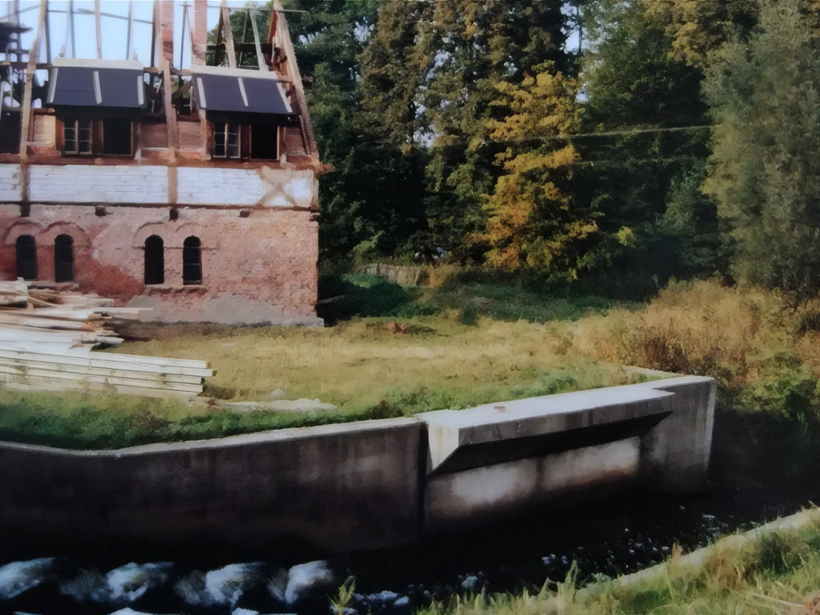
New life of Klekotki
Thorough renovation of the monument by the new owner
In 1995, the Klekotki Mill was purchased by the TIRSPED company from Warsaw, which carried out a thorough renovation and reconstruction, adapting the facility for recreational and training purposes.
During the renovation of the rooms, efforts were made to preserve all authentic elements of the historical decor, such as 18th-century fragments of the wooden ceiling painted with floral motifs, a 19th-century decorative tile stove, and parts of the machinery of the old water mill.
The facility was adapted according to conservation guidelines while meeting all modern hotel standards. The old mill equipment still operates—only now, instead of flour, it generates energy.
